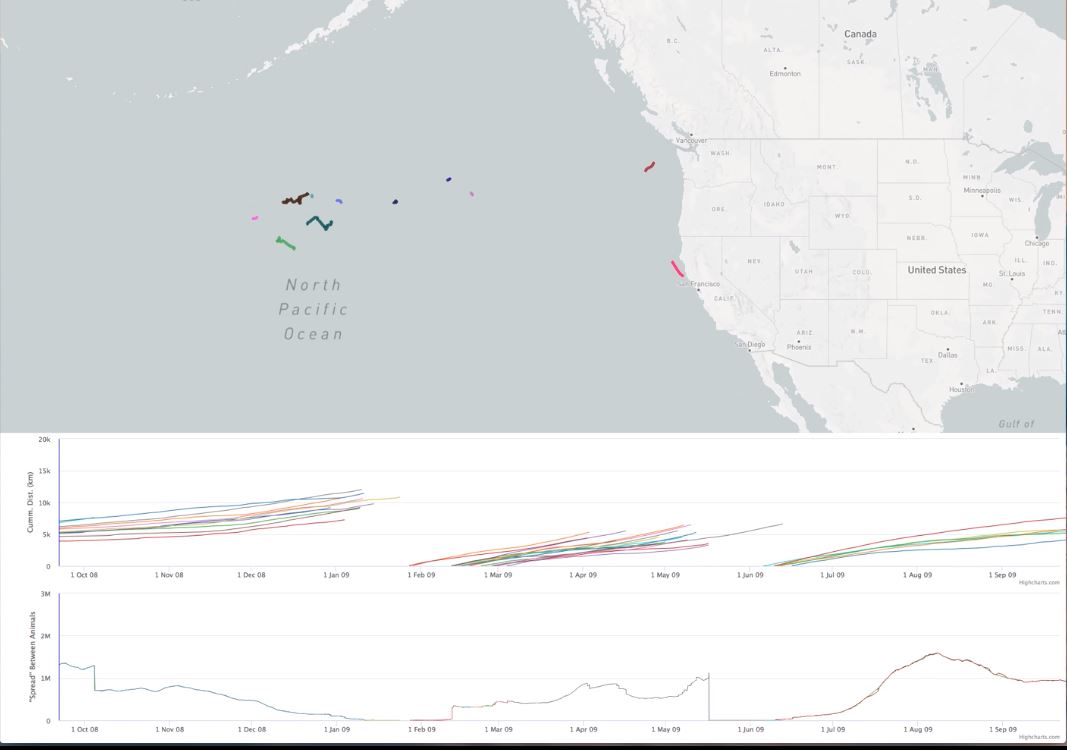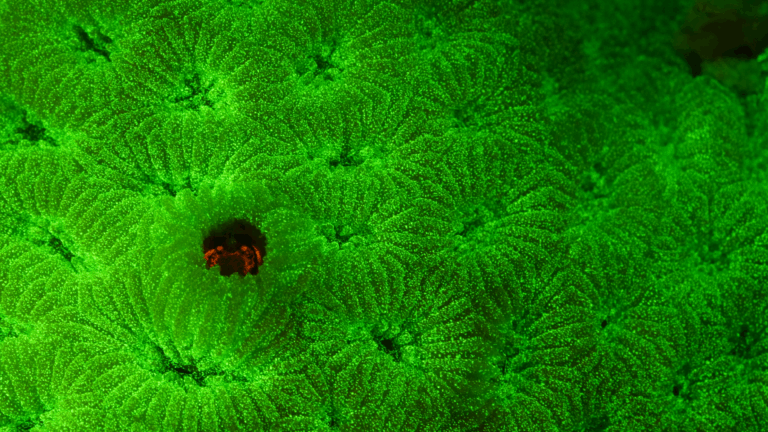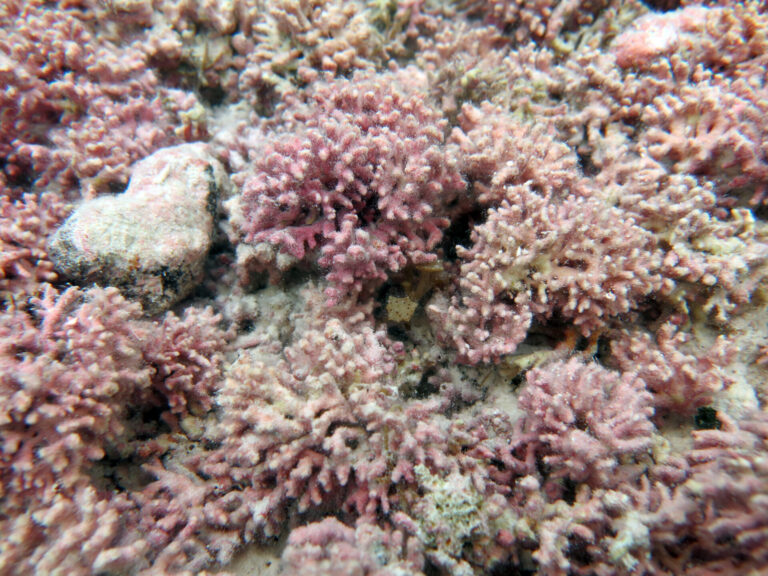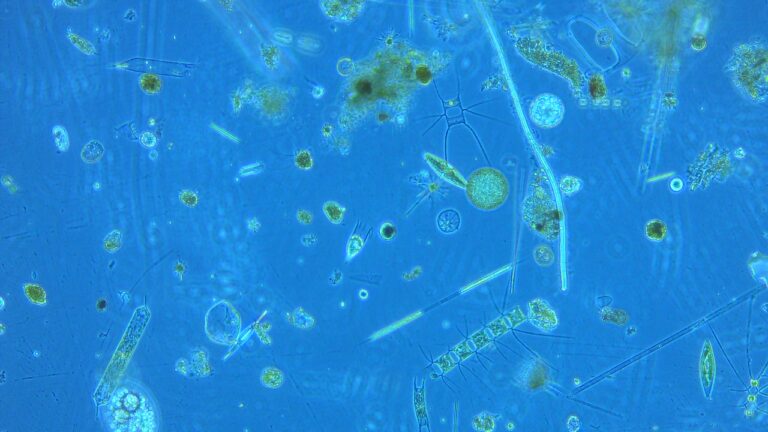Marine Science
Synchronized swimming for seal migrations
Adding sound to elephant seal migration data reveals high levels of coordination when swimming long distances.

Combining music and movement is not unusual—but translating the movements of migrating marine animals into musical notes certainly is. An international research team including KAUST scientists have created a sound symphony using data charting the movements of northern elephant seals in the Pacific Ocean. This sonification technique provides surprising insights into group dynamics and synchronicity.
“Many studies have analyzed single-animal tracks, but collective movement is rarely addressed,” says Carlos Duarte from KAUST, who led the project in collaboration with colleagues including Madhu Srinivasan from KAUST’s Visualization Core Lab, and scientists in the United States.
“When faced with more than a million data points capturing the underwater movements of 321 individual seals over 10 years, we needed a novel way of getting the data to ‘talk’ to us,” Duarte explains.
A key challenge when faced with big data is finding meaningful ways of representing the data to extract valuable information. Sonification—adding sound to data to trace individual movements—has a long history within scientific disciplines, but has never been used on animal migration data before. The team spent a lot of time deciding which elements of the data could be represented using sound.
“We only had raw, time-stamped GPS traces for the seals’ migration to begin with,” says Srinivasan. “We explored many parameters derived from these traces, such as speed, straightness-index, and group dispersion. In the end, we focused on the position and spread of individual groups (comprising between four and 30 animals) relative to the location of the main colony.”
The researchers assigned each group a musical note. These notes change pitch according to the animals’ longitudinal position relative to the main group—as animals move from west to east, the pitch changes from low to high, like a piano keyboard. The spread of animals is represented by volume: the closer together the animals are swimming, the louder the sound. Volume reduces as the seals disperse to more distant locations.
The team compressed ten years’ worth of data into a 54-minute symphony.
“I was genuinely surprised by how harmonious the sound was, despite it arising from plain data,” says Duarte. “This provides the first clear evidence of highly synchronized movement among seals. For example, the animals co-ordinate their return home at the end of the migration season regardless of how dispersed they are.”
Just how the seals do this is one of many new lines of enquiry that the team plan to pursue.
The research team analyzed and extracted features from raw GPS tracking data derived from a tagging program involving a total of 321 tagged animals tracked over a decade and mapped the data parameters to the sonic parameters of frequency (pitch) and amplitude (volume). The concept was that each animal traveling within a group would be assigned an instrument, a cello, with a different note, and that the distance from the colony would be coded as the pitch of the note. The spread of the group across the ocean will be coded as volume, with the group sounding loud when they were traveling closer together.
© KAUST
References
-
Duarte, C.M., Riker, P., Srinivasan, M., Robinson, P.W., Gallo-Reynoso, J.P. & Costa, D.P. Sonification of animal tracks as an alternative representation of multi-dimensional data: a northern elephant seal example. Frontiers in Marine Science 5, 128 (2018).| article
You might also like

Marine Science
Tiny crabs glow to stay hidden

Marine Science
Mass fish deaths linked to extreme marine heatwave in Red Sea

Marine Science
Weeding out the secrets of Red Sea macroalgae

Bioscience
Digging into the world of plant-growth-promoting microbes

Marine Science
Rhodoliths found in a surprise location

Bioscience
Unique microbiome discovered in mountain streams

Marine Science
Examining phytoplankton’s past to reduce future algal blooms

Marine Science



